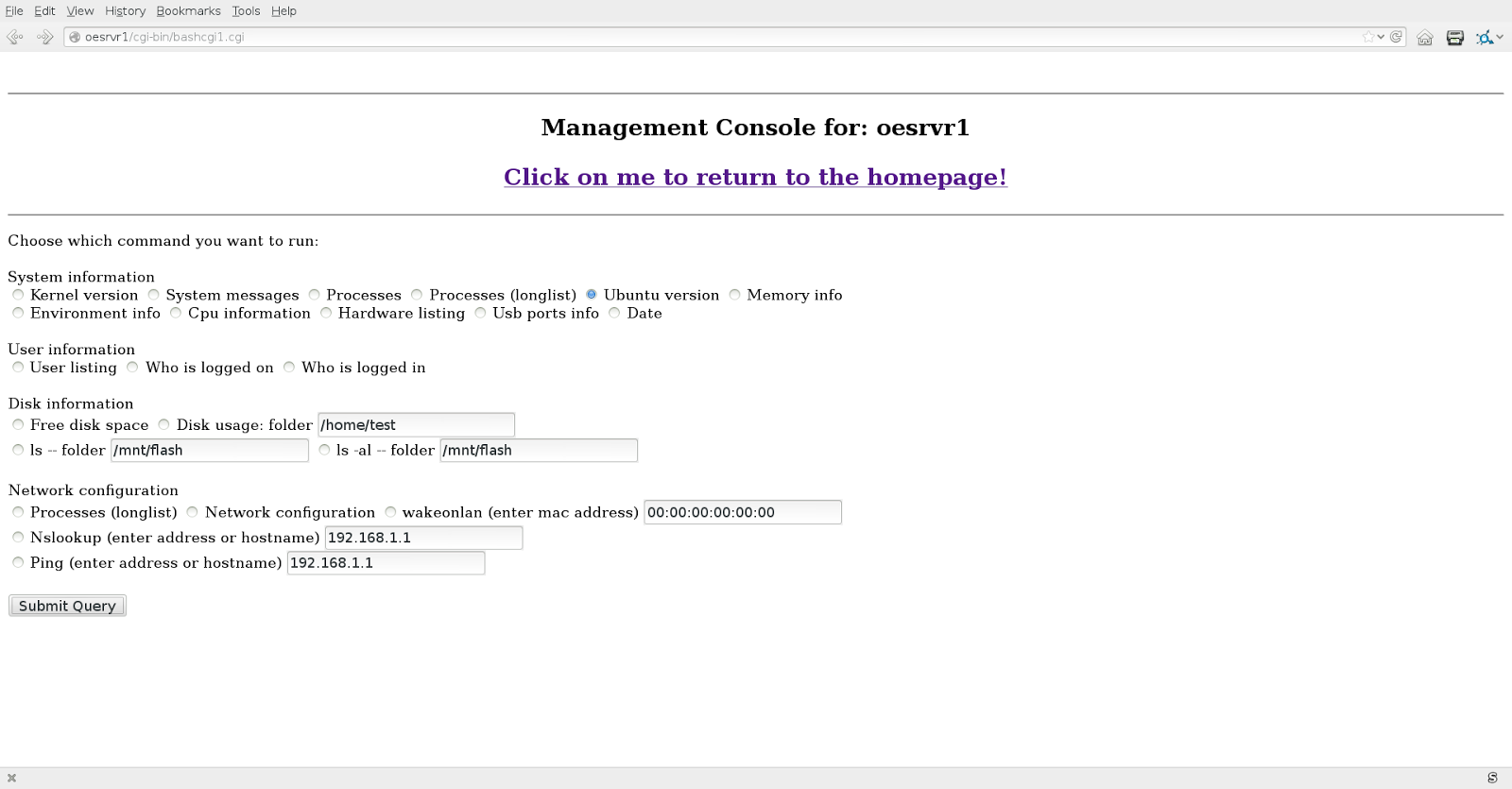Yet another OTA HDTV antenna.

Revision3 was touting this one antenna that sells for thirty five dollars. Seems like a pretty uncomplicated design. Went to the site to see if they had the specifications. In some ways it was like antennas I have already made, That antenna tech has prior art so to speak for sure. Looking at the picture, I thought I could create something like it fairly easily. In about an hour a recreation was made. Anything but professional looking. Worked well, but not as good as what I have already made. It would not get the station with "The Big Bang Theory". So that was an immediate fail. In any case I have another antenna plan that can be easily implemented if I need to build an antenna on the fly. Details at: http://www.instructables.com/id/Cheap-wall-antenna/





